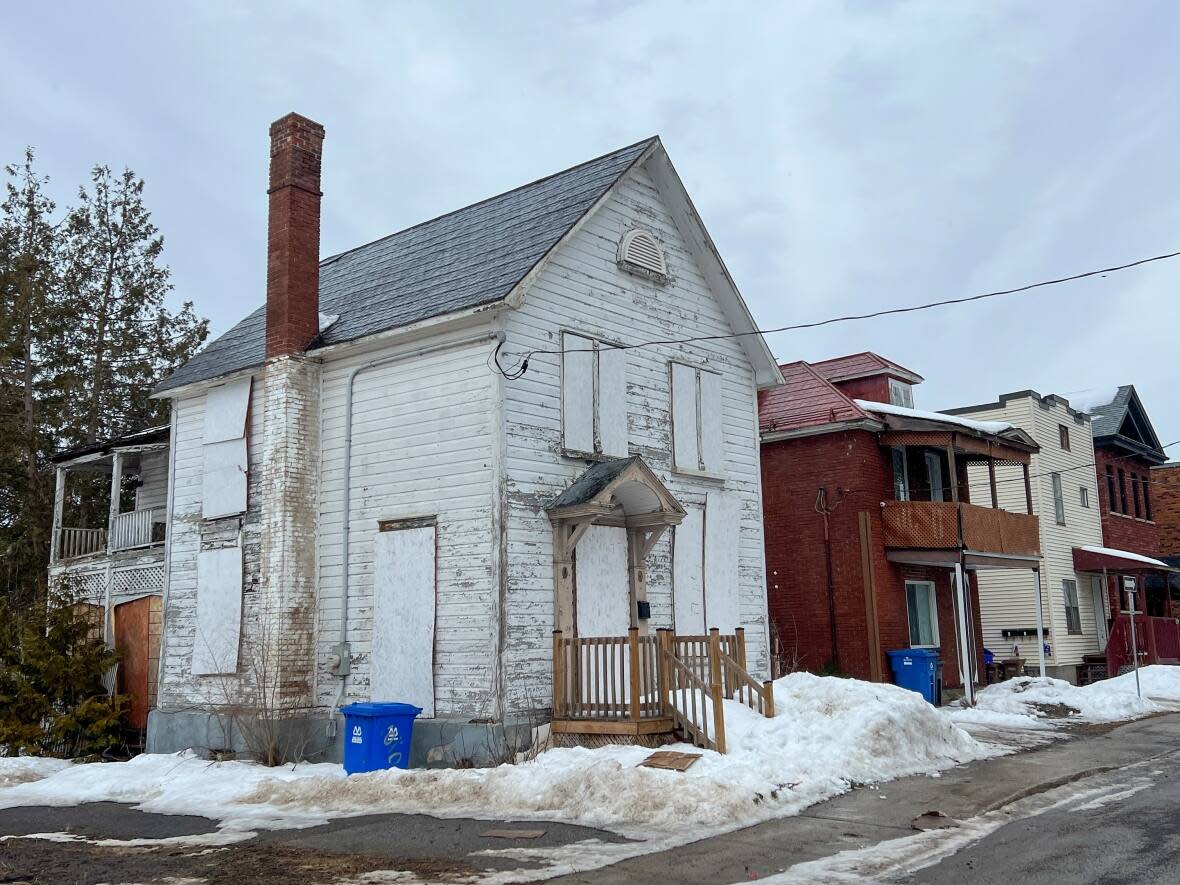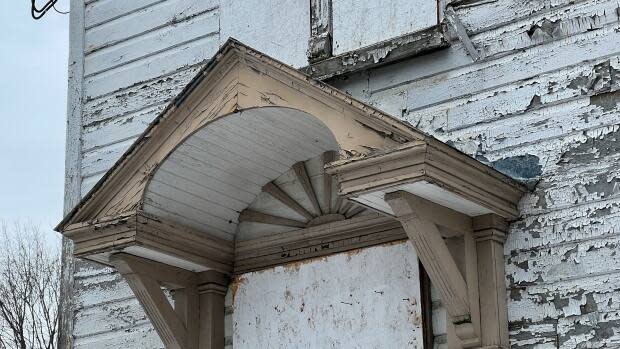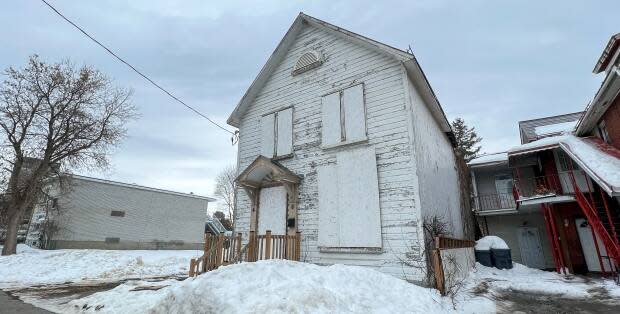Why Gatineau council saved this home and what it could mean for others like it

An author and historian says a style of house built in the 19th and early 20th centuries needs to be protected as part of the history of the Hull sector of Gatineau, Que.
Les maisons allumettes, or matchstick homes, housed working-class families employed at sawmills or match factories in the area.
"At the turn of the century pretty much all the population was working class except a very few privileged people," said author Kathleen Durocher, who believes the homes need to be protected.
"So it's truly the history of everyone."
One such home became the focus of Gatineau's city council last week when it voted to stop the demolition of the building to make way for a 10-storey, 159-unit apartment.
Gestion NDI Champlain Inc., the company behind the project, has said it will go to court for authorization to go through with the demolition.
A spokesperson for the company told Radio-Canada that because the case is before the courts, they won't comment.

Almost impossible to renovate, company says
Coun. Jocelyn Blondin voted against saving the property and said the building may be past saving because of how long it's been left to deteriorate.
At a special meeting of council earlier this month, the lawyer for Gestion NDI Champlain Inc. presented multiple reports that detailed the poor state of the building.
Éric Olivier listed a series of structural defects that would make it nearly impossible to renovate.
Coun. Steve Moran, who voted to protect the home, said the heritage value of the property has been underestimated and the arguments for demolition weren't strong enough.
He said this was just a first step in the process of protecting the home, something Claude Royer, president of the local residents association, agreed with.
At the council meeting earlier in February, Royer also said he thought the reports that were presented could be wrong — that the foundation could be in a better state than believed.
He also questioned the presence of rot and asbestos in the walls.
Keeping the charm going forward
Durocher estimates there are about 100 of the homes, some of which were renovated over the past 50 years bringing mixed results.
"The quality of conservation and the renovation over times in the '70s, '80s and afterward are quite different from one house to [another]," she said.
"Some kept their charms from the past and the others were highly transformed over time."

Coun. Daniel Champagne, who voted to save the house at 207 rue de Notre-Dame-de-l'Île from demolition, also said he wants the city to look into regulations for heritage properties so they couldn't be left to deteriorate.
Durocher said she thought this was a good idea — a way of keeping the history of the area alive while moving into the future.
She said a plan for "neighbourhoods and to plan the city with a certain esthetic, certain perspective of how to conserve certain houses" could make them viable going into the future, allowing the buildings to be renovated to meet 21st-century needs.
This could also open up some money from government for the required work, Durocher said.
"To help people who own those houses, who rent those houses, to work with the right materials and the right perspective to keep them at least in spirit, looking like matchstick houses, yet not having to live in like 19th-century conditions."
Coun. Mario Aubé said he wants the city to create an inventory of all the matchstick homes and he also raised the idea of a tourist circuit to make the homes an attraction.


